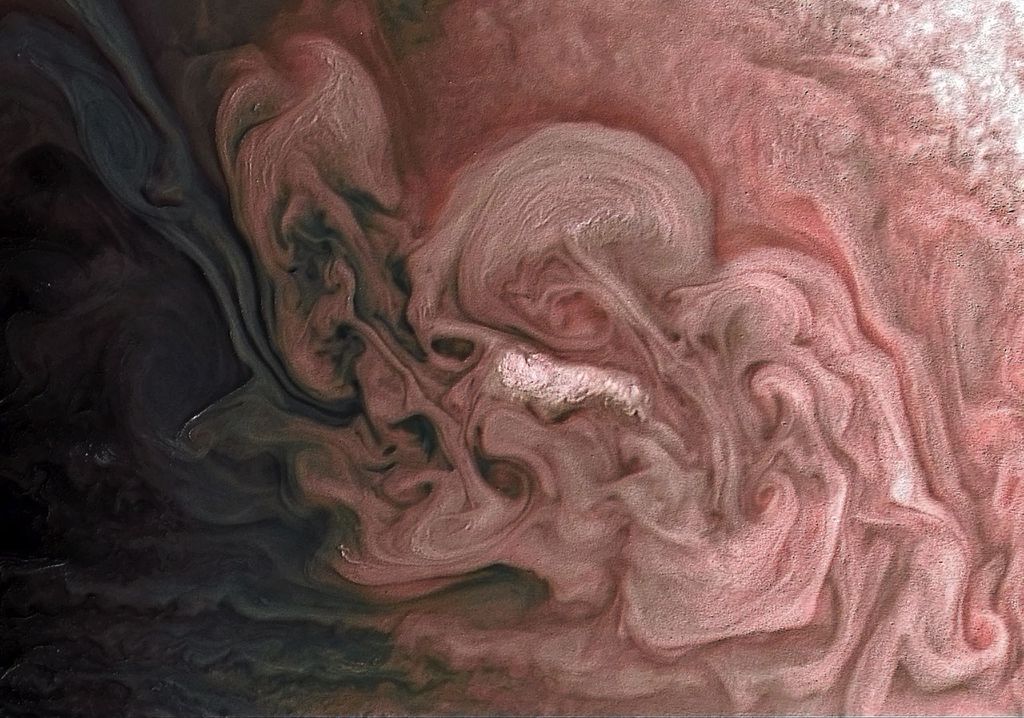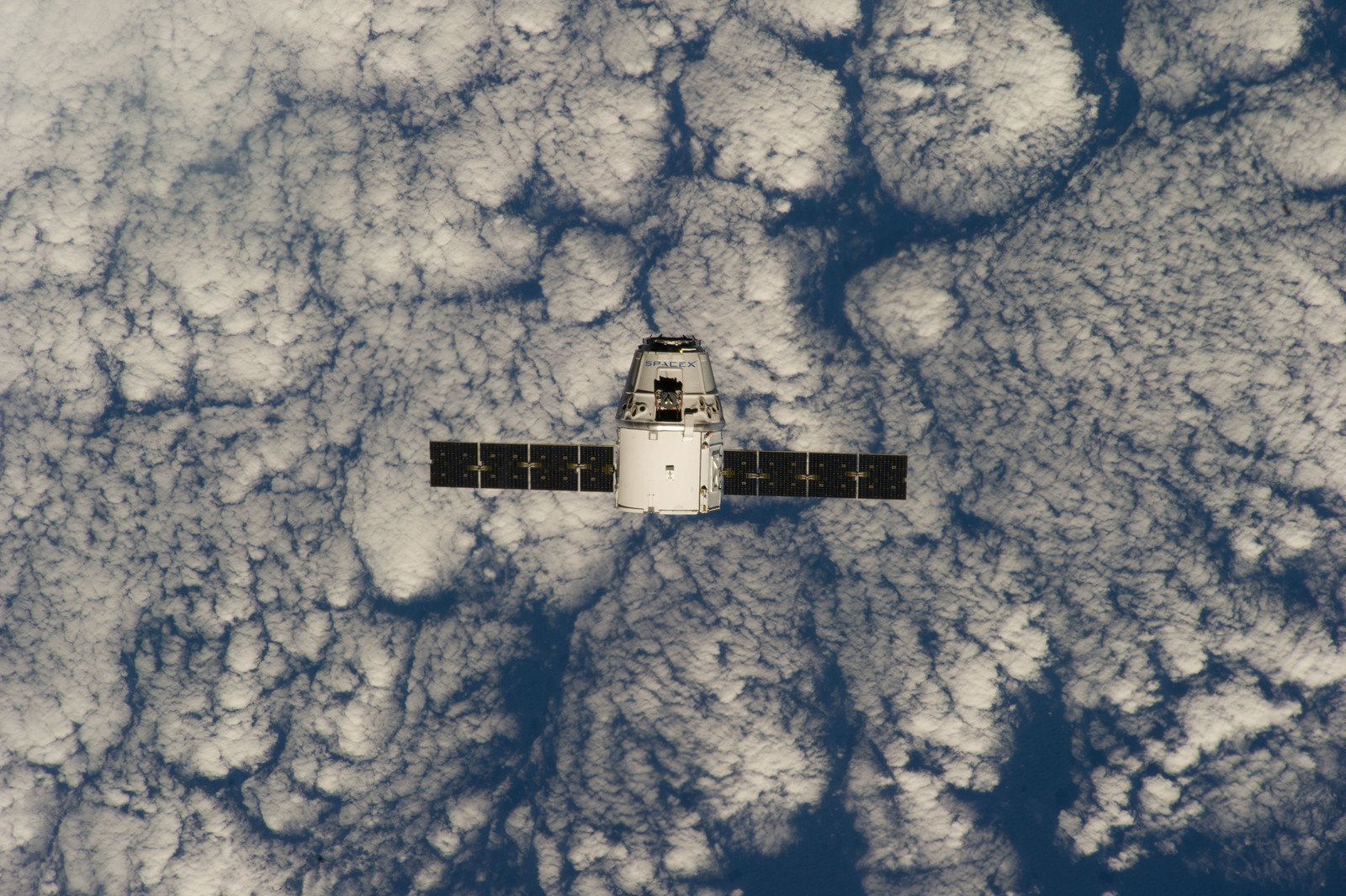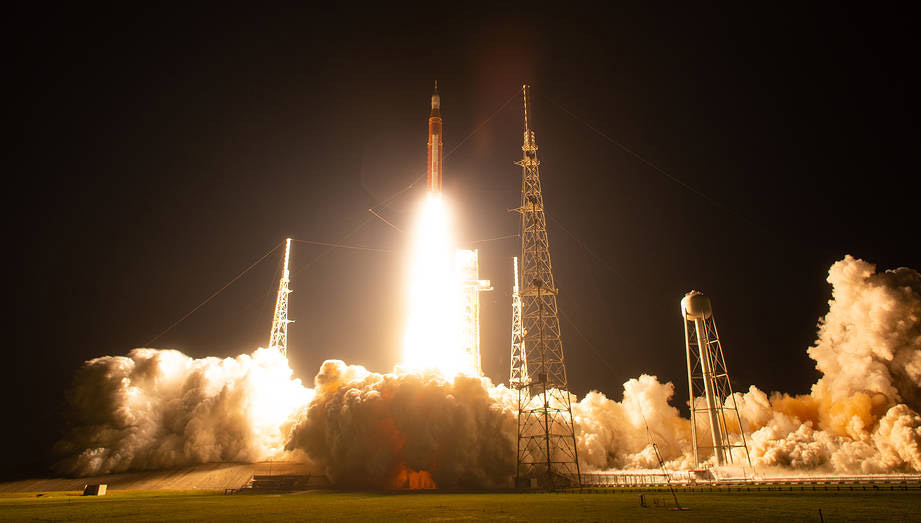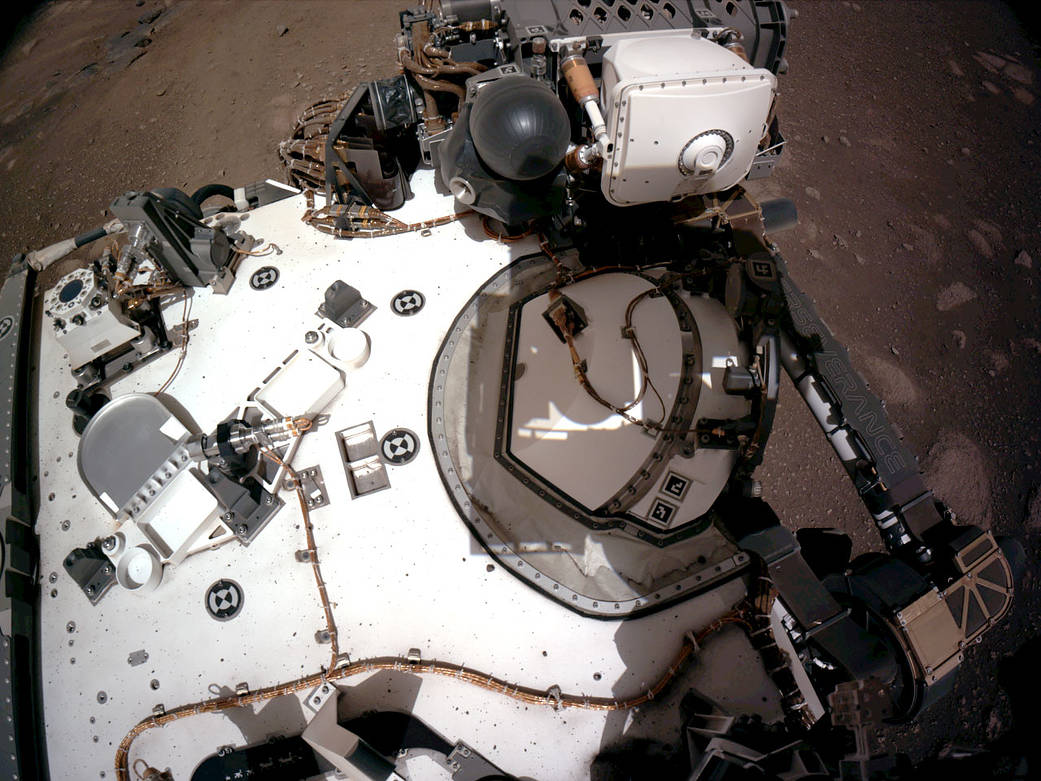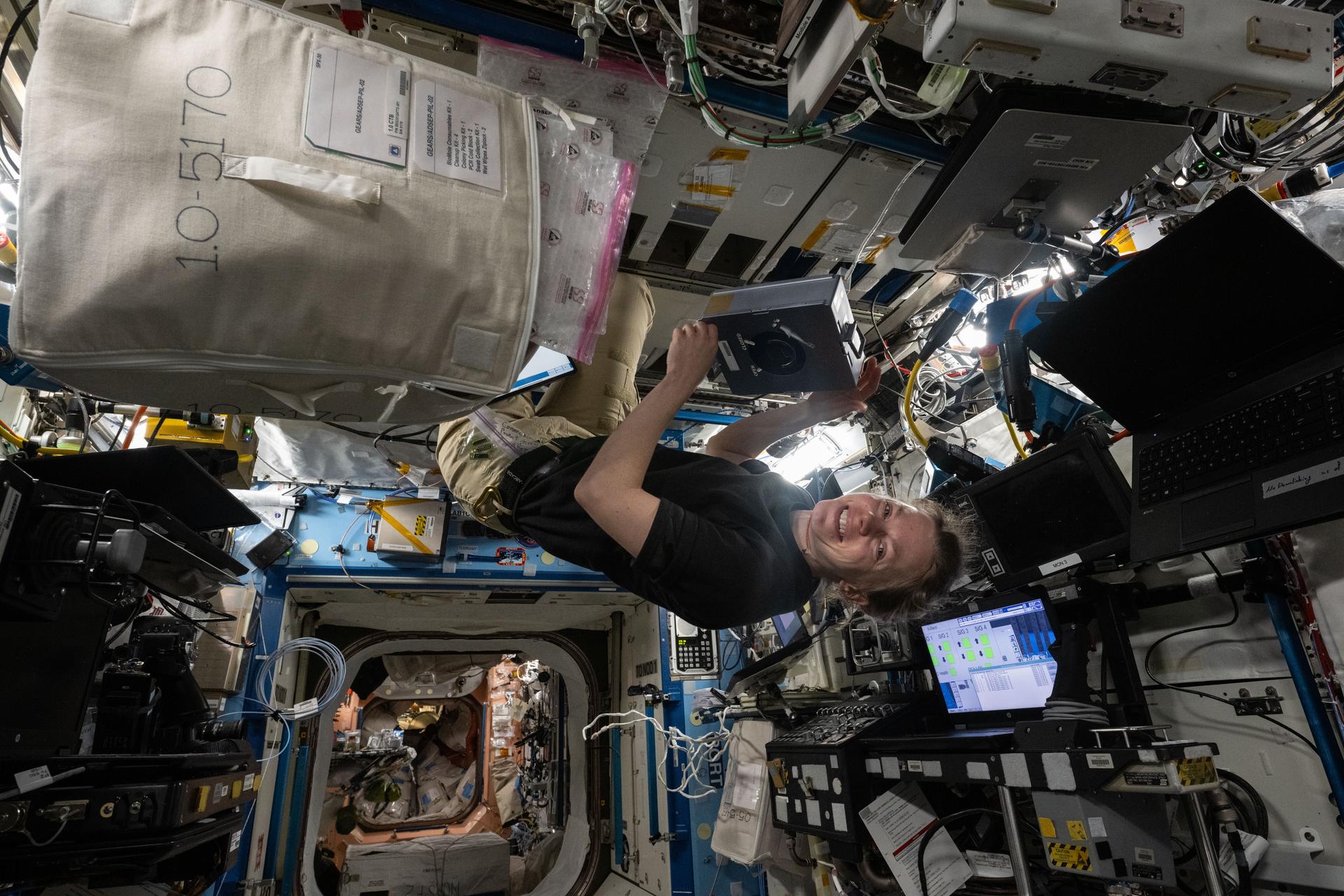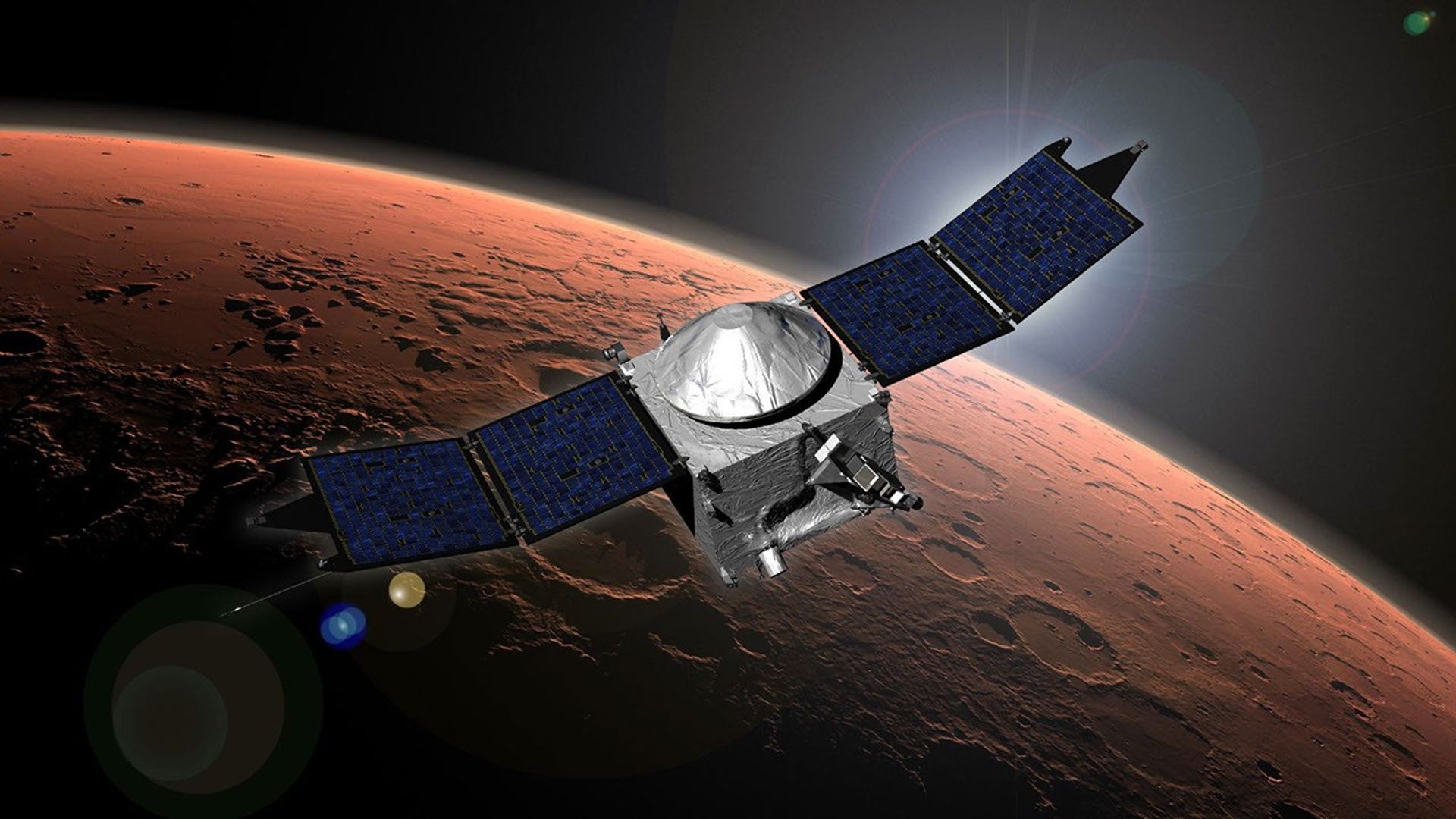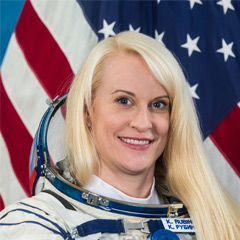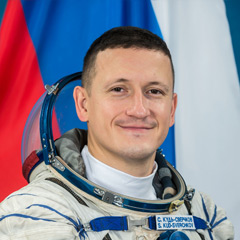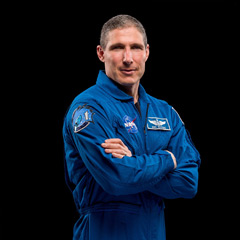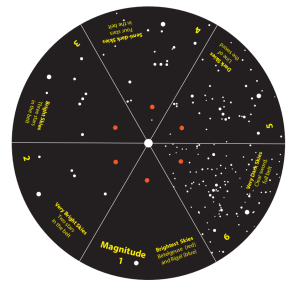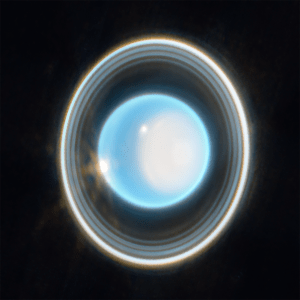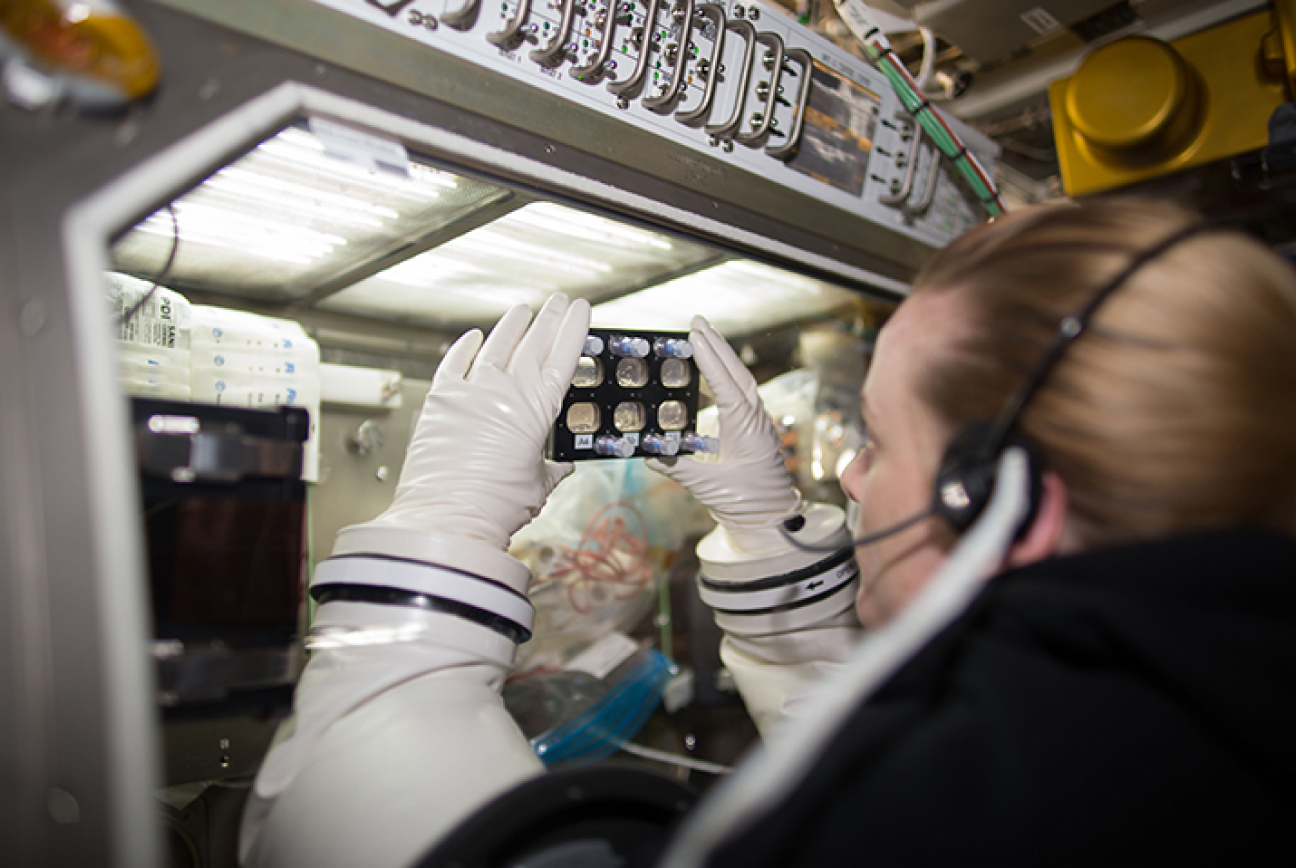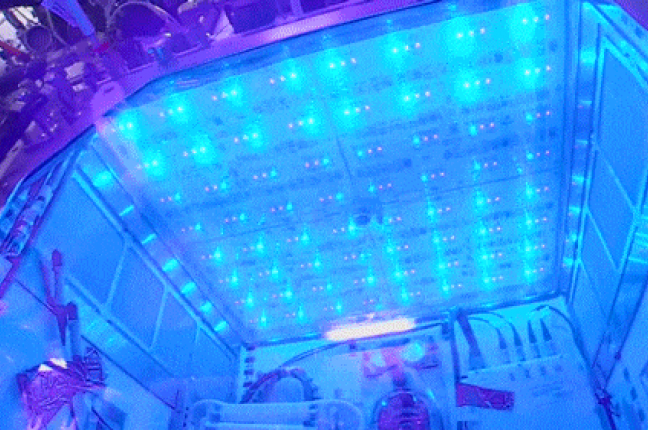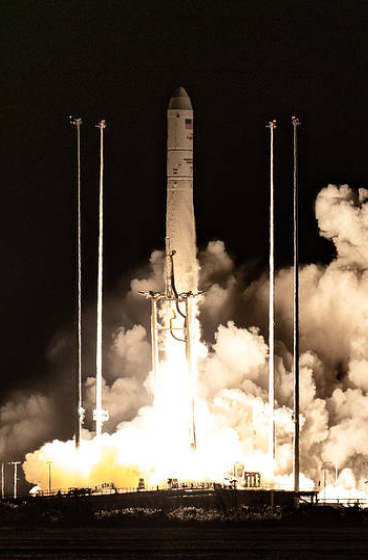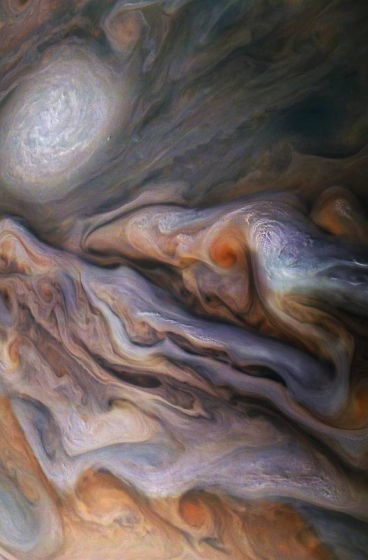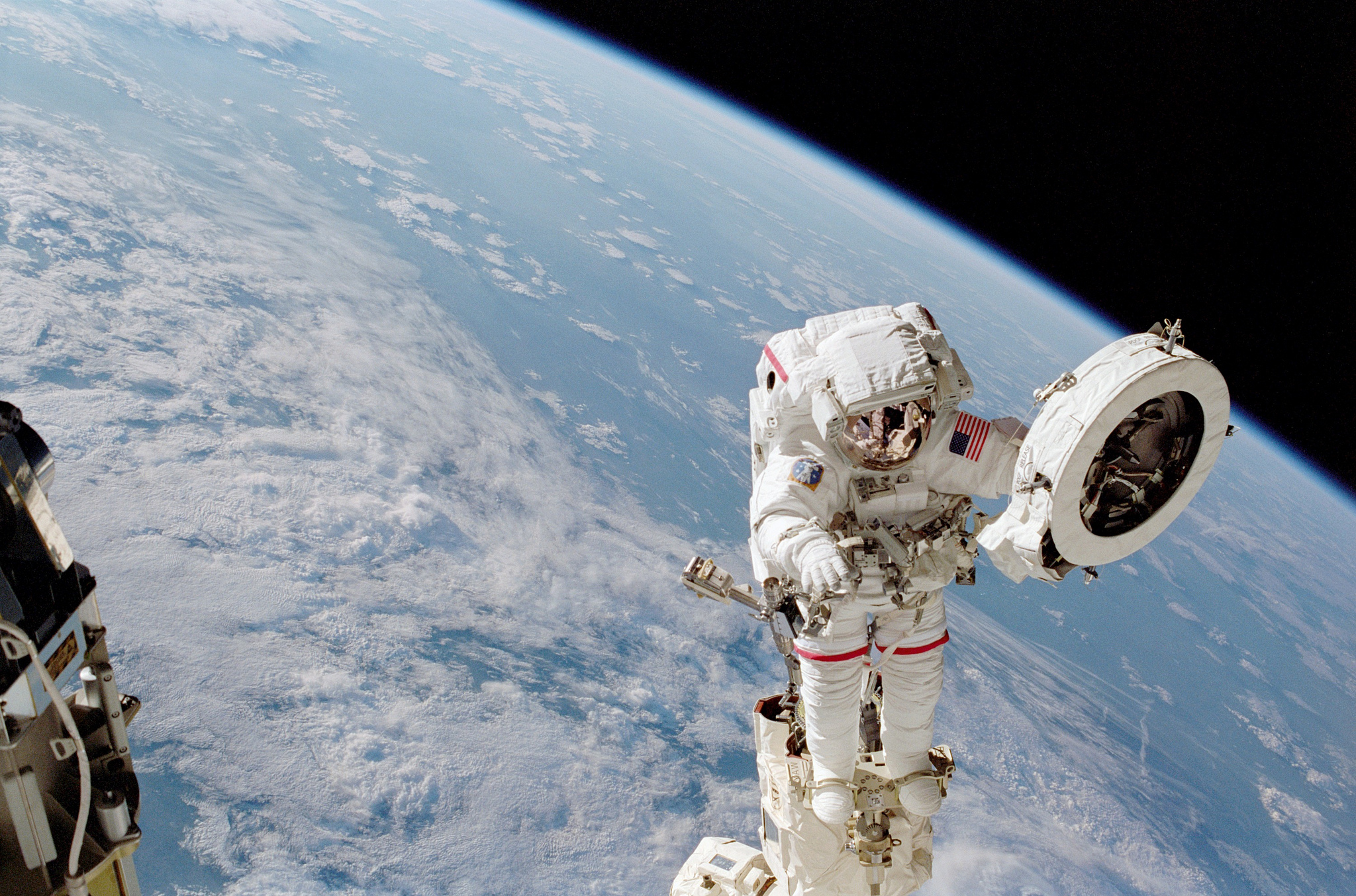
We Are Explorers!
We are driven to explore the unknown, discover new worlds, push the boundaries of our scientific and technical limits, and then push further.
TODAY
Active NASA Astronauts
Days Until Next Crewed Mission
"Archived News" card below...
Learn More About Protected: Dummy Doc of Cards
____________________________________________________________________________________________
"Ask NASA" card below...
Ask NASA
Lorem ipsum dolor sit amet, consectetur adipiscing elit, sed do eiusmod tempor incididunt ut labore et dolore magna aliqua.
Ask an Astrophysicist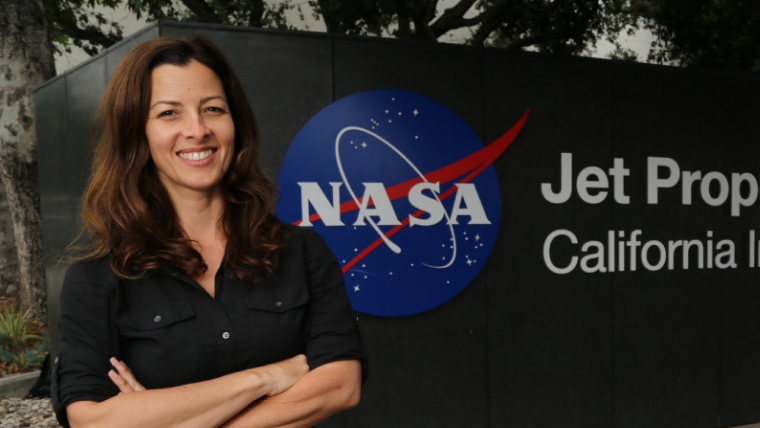
____________________________________________________________________________________________
"Block Quote" card below...
Take time to debrief after success or conflict. Listen, then restate messages to make sure they're understood.
Anne McClain
NASA Astronaut
____________________________________________________________________________________________
"Callout" card below...
Visit Goddard
Explore exhibits of spacecraft and technology at the Goddard Visitor Center in Greenbelt, MD.
Learn More about Visit Goddard
____________________________________________________________________________________________
"Card Carousel" card below...
Galleries
____________________________________________________________________________________________
"Card Grid" card below...
Galleries
Explore NASA's media galleries to view and download high-resolution images of the solar system, agency missions, and more.
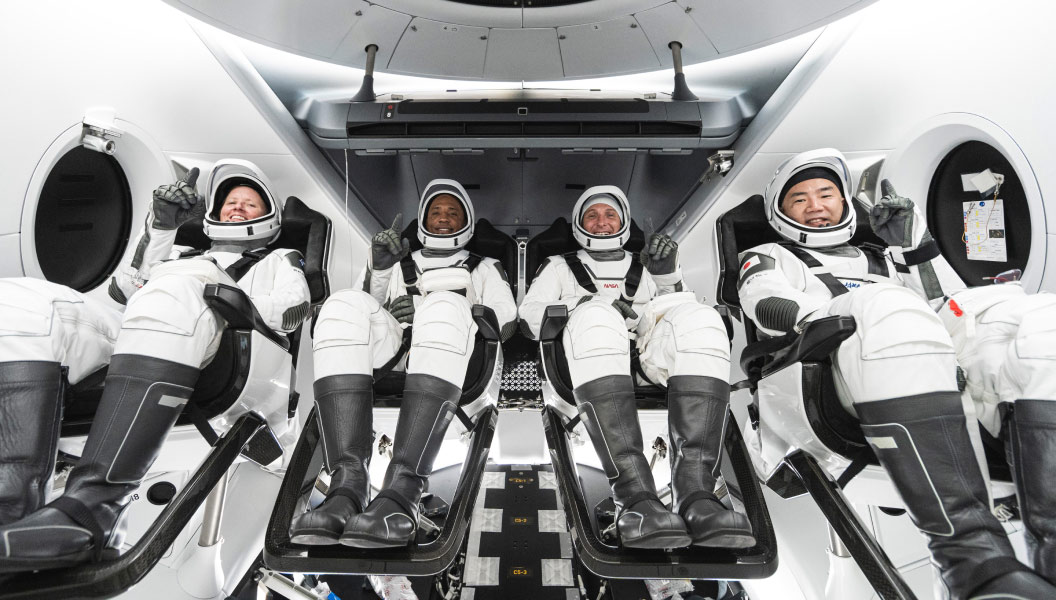
Astronauts
Learn about those of the NASA corps who make “space sailing” their career profession.
____________________________________________________________________________________________
"Centers & Facilities" card below...
____________________________________________________________________________________________
"Featured Link" card below...
Perseverance Mars Rover
The Mars 2020 Perseverance Rover searched for signs of ancient microbial life, which will advance NASA's quest to explore the past habitability of Mars.
Learn More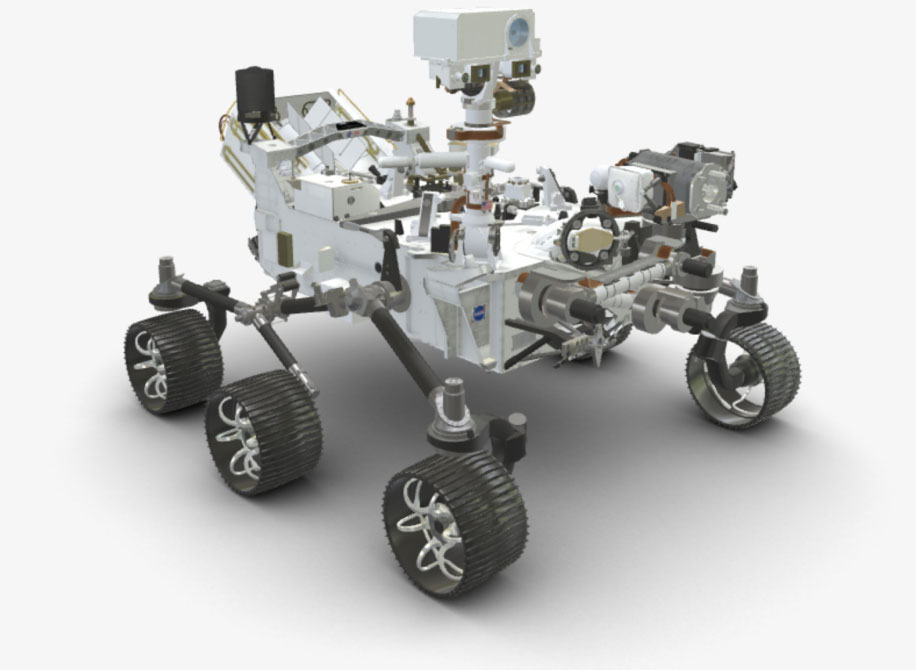
____________________________________________________________________________________________
"Featured Link List" card below...
____________________________________________________________________________________________
"File List" card below...
Downloads
____________________________________________________________________________________________
"Featured Image" card below...
Nov 16, 2022
Artemis I Launch
Artemis I flight test at NASA’s Kennedy Space Center in Florida
NASA’s Artemis I mission is the first integrated flight test of the agency’s deep space exploration systems: the Orion spacecraft, Space Launch System (SLS) rocket, and ground systems. SLS and Orion launched at 1:47 a.m. EST, from Launch Pad 39B at the Kennedy Space Center.
Learn More____________________________________________________________________________________________
"Image Before/After" card below...
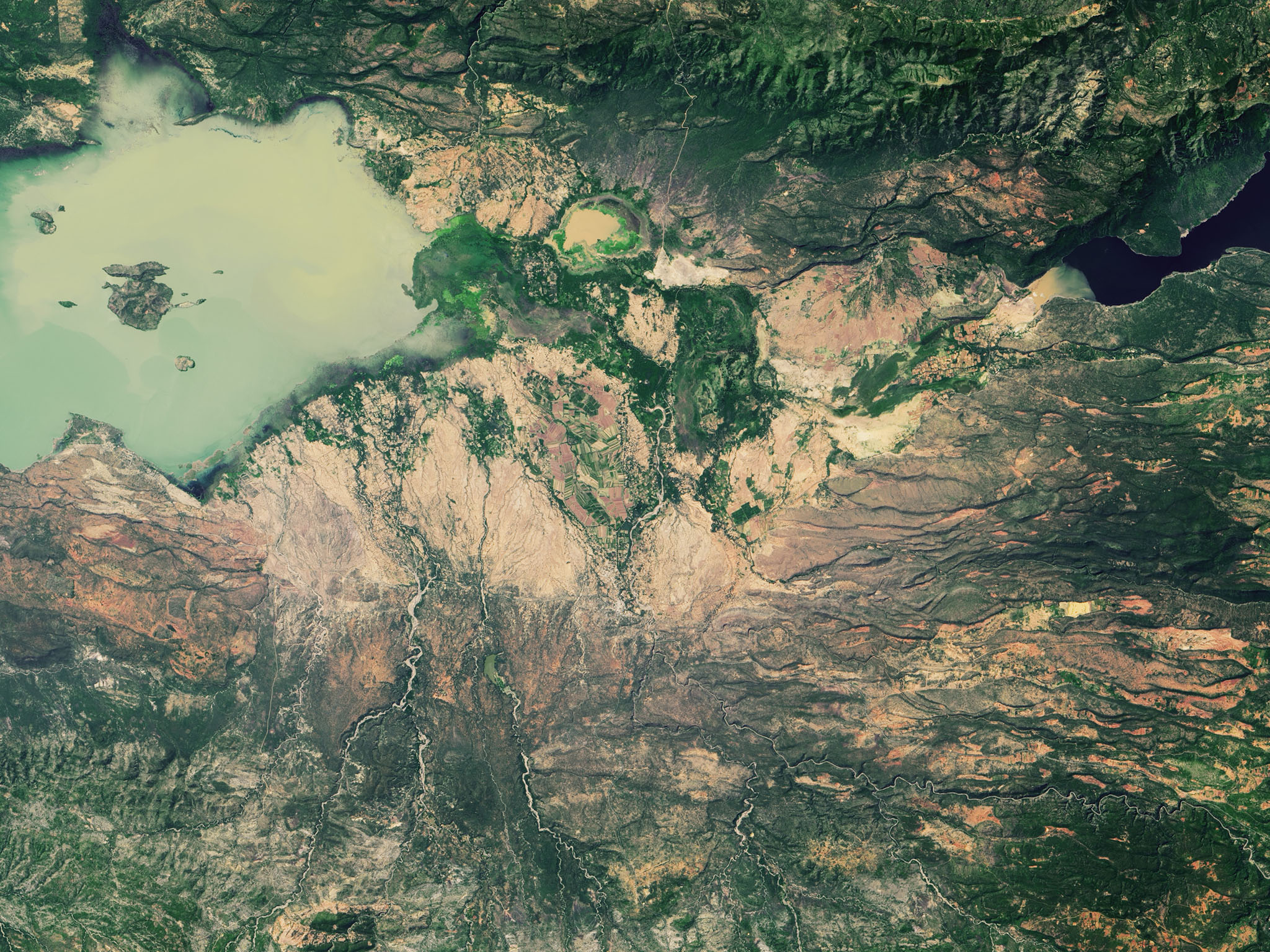
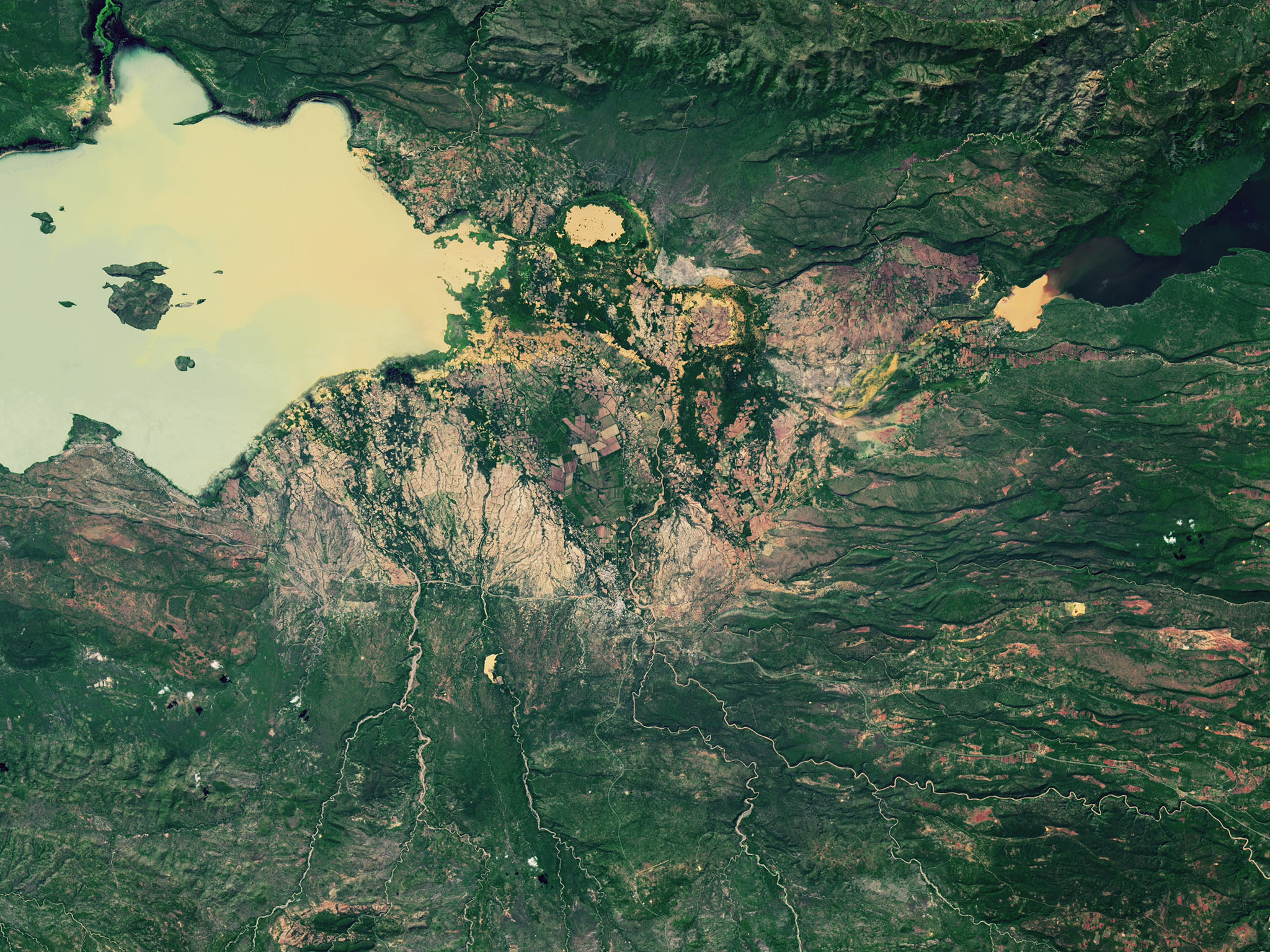


Before and After
Two Kenyan Lakes Expand, Threatening Both
May 30, 2013 – May 1, 2020
____________________________________________________________________________________________
"Image of the Day" card below...
Today
Image Of The Day
____________________________________________________________________________________________
"Featured Mission" card below...

SpaceX Crew-1
The first operational mission in the Commercial Crew Program, marking the beginning of regular flights to the ISS which enables additional research and discovery.
Learn MoreCountdown to Launch

____________________________________________________________________________________________
"Featured Story" card below...
NASA's Big Plans to Explore Asteroids

____________________________________________________________________________________________
"Gallery Preview" card below...
Media
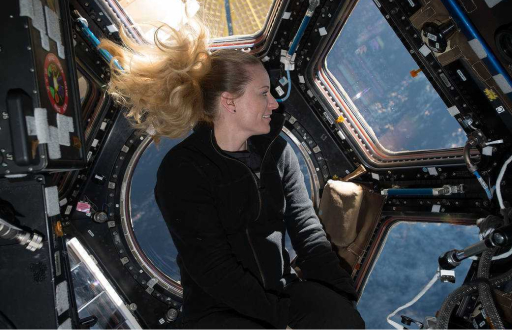
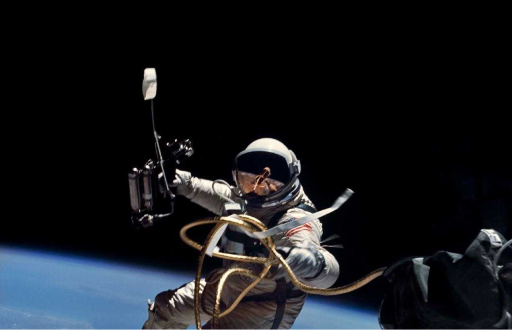
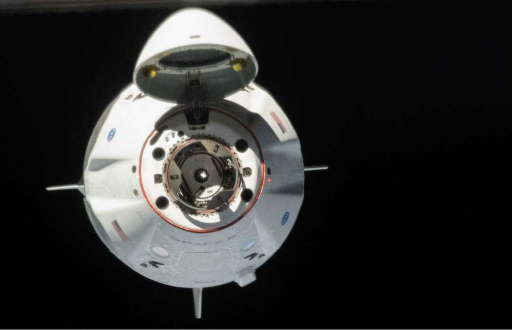
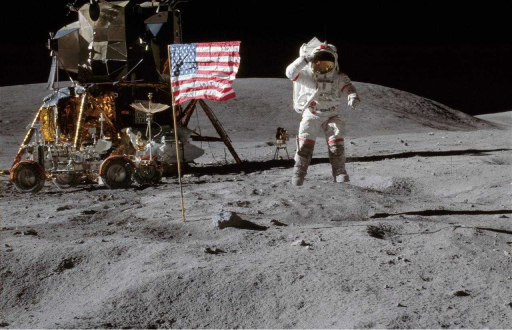

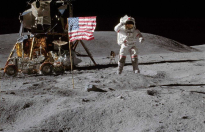
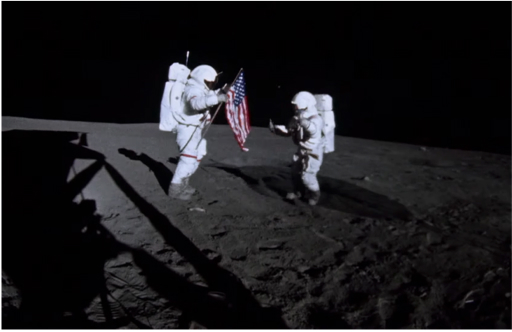
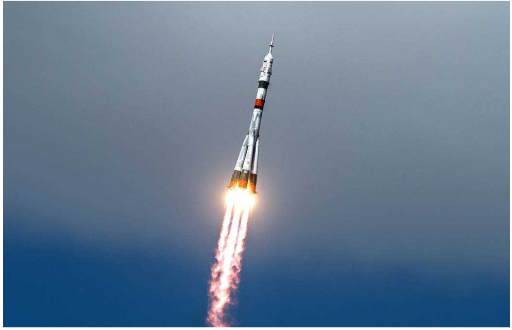
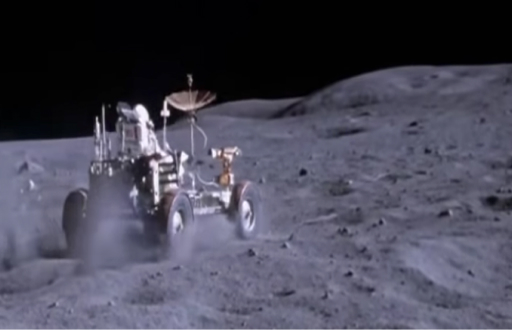

____________________________________________________________________________________________
"Hero Quote" card below...
It seems like in the beginning of my flight, the space dreams were rare. And now, almost 150 days into it, the Earth dreams are more of the rare ones.
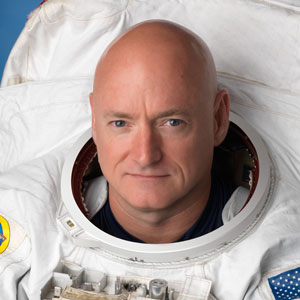
Scott Kelly
NASA Astronaut, spent a record-breaking 340 consecutive days on ISS in 2016
____________________________________________________________________________________________
"Image Carousel" card below...
____________________________________________________________________________________________
"Listicle" card below...
Listicle
-
01
Learning Resources
Lorem ipsum dolor sit amet, consectetur adipiscing elit, sed do eiusmod tempor incididunt ut labore et dolore magna aliqua. Ut enim ad minim veniam, quis nostrud exercitation ullamco laboris nisi ut aliquip ex ea commodo consequat.
____________________________________________________________________________________________
"Automated News" card below...
____________________________________________________________________________________________
"Manual News" card below...
____________________________________________________________________________________________
"Meet The" card below...
At the Station
____________________________________________________________________________________________
"Page Intro" card below...

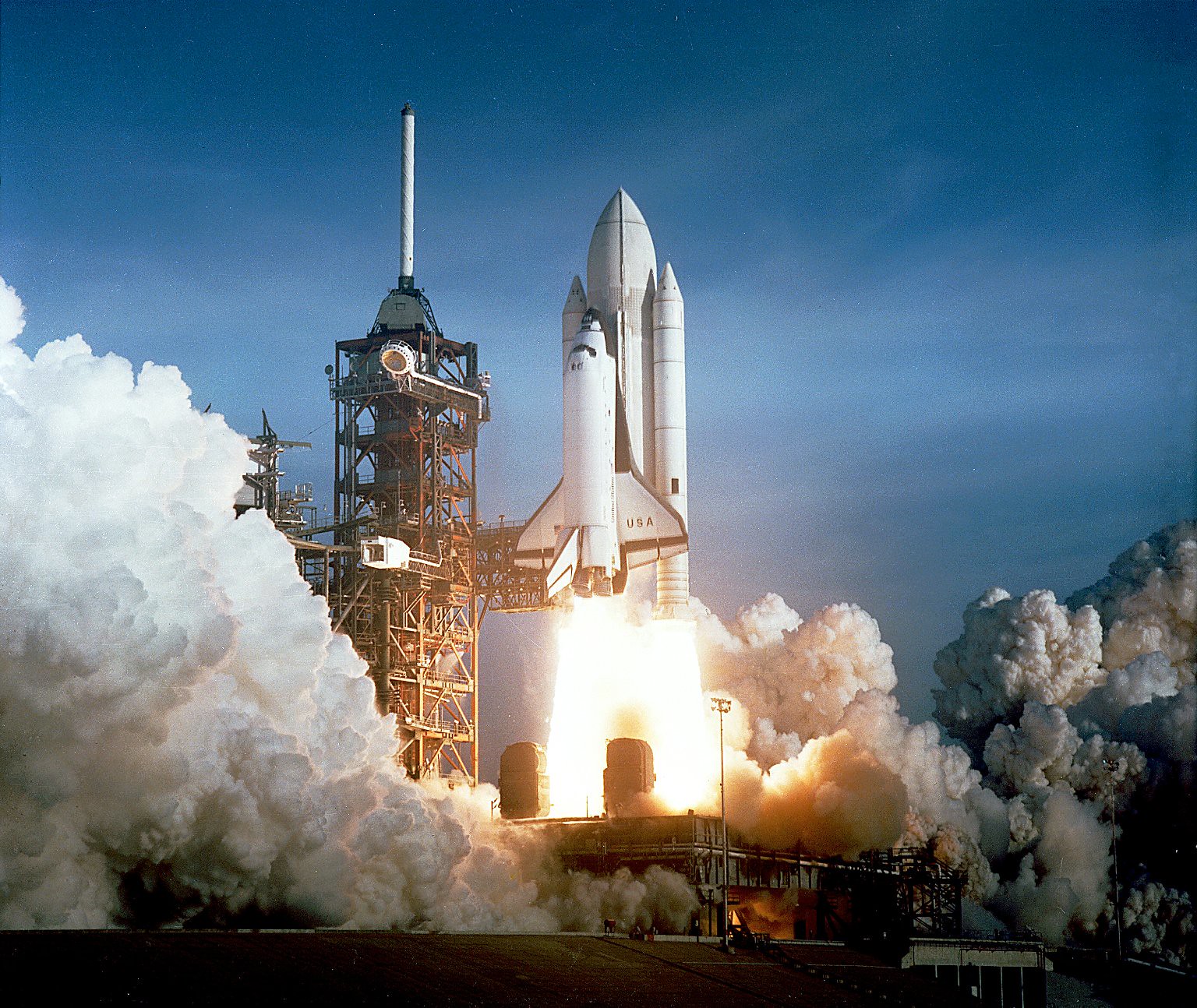
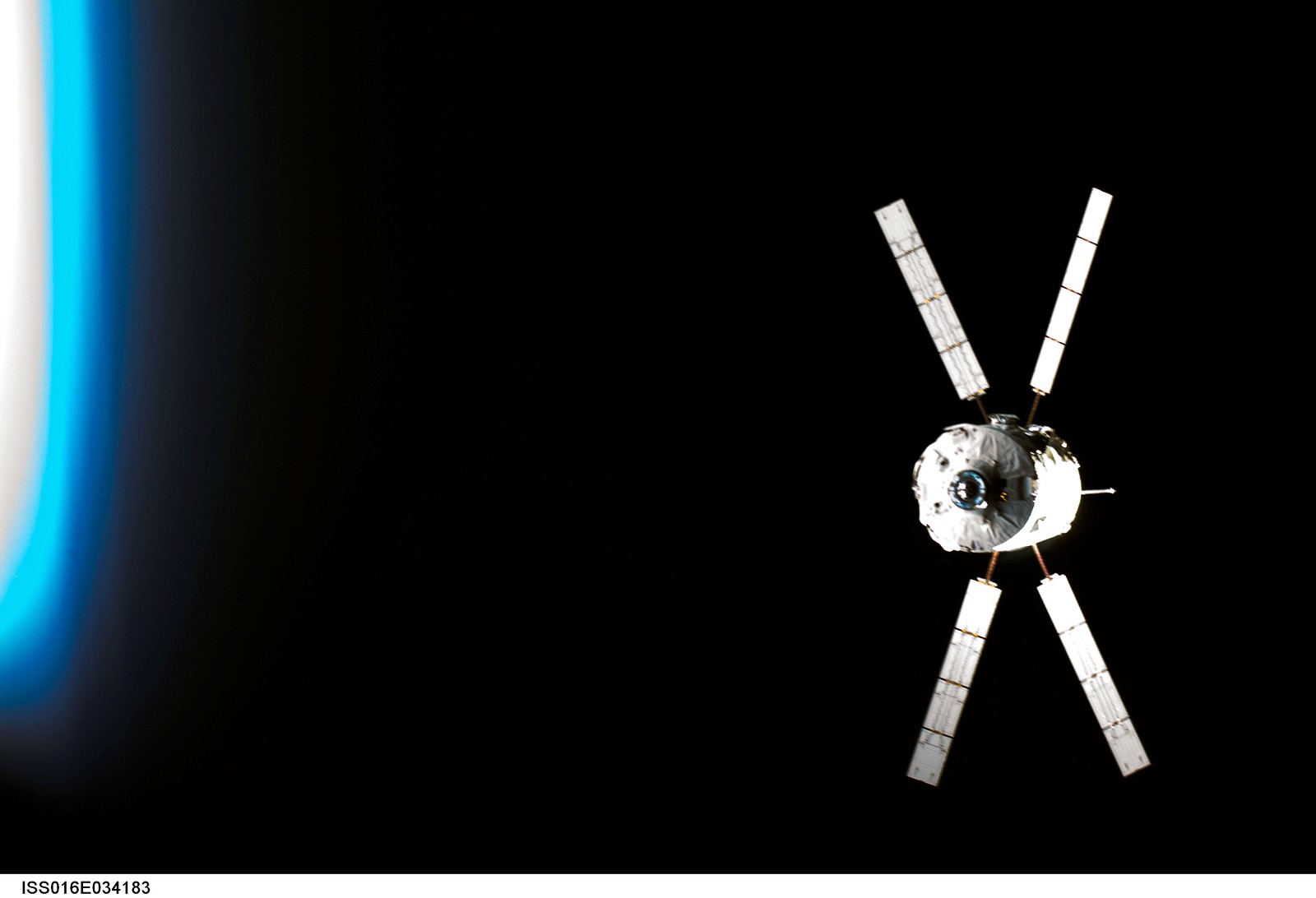
Robotics
NASA uses robots and robotic technology to explore other planets and objects in our solar system, assist astronauts on the Space Station, study the universe, and much more. Right now there are NASA robots are millions of miles away helping us better understand what’s out there.
Location
Greenbelt, MD
Founded
May 1, 1959
People
10,000+
Director
Dennis J. Andrucyk
____________________________________________________________________________________________
"Related Articles" card info below...
____________________________________________________________________________________________
"Related Link" card below...
En Route to Jupiter, NASA’s Europa Clipper Captures Images of Stars
____________________________________________________________________________________________
"Social Media Links" card below...
____________________________________________________________________________________________
"Story" card below...
History
Pioneering spaceflight and innovation
Named for American rocketry pioneer Dr. Robert H. Goddard, the center was established May 1, 1959, as NASA's first space flight complex.
Dr. Robert Hutchings Goddard (1882-1945) is considered the father of modern rocket propulsion. A physicist of great insight, Goddard also had a unique genius for invention. It is in memory of this brilliant scientist that NASA’s Goddard Space Flight Center in Greenbelt, Maryland, was established on May 1, 1959.
Learn More about Pioneering spaceflight and innovation
____________________________________________________________________________________________
"Subscription Banner" card below...
Explore the Universe from your Inbox
Subscribe to the NASA newsletter
We will never share your email address.

____________________________________________________________________________________________
"Tabbed Section" card below...
Why We Go To Space
Human space exploration helps to address fundamental questions about our place in the Universe and the history of our solar system.
NASA’s robotics technology has allowed us to send robotic orbiters, landers, and rovers ahead of us to study other planets and identify potential signs for life. On the International Space Station, NASA and their partners have used robotic technology extensively, to lorem and ipsum the dolor sit amets and more.
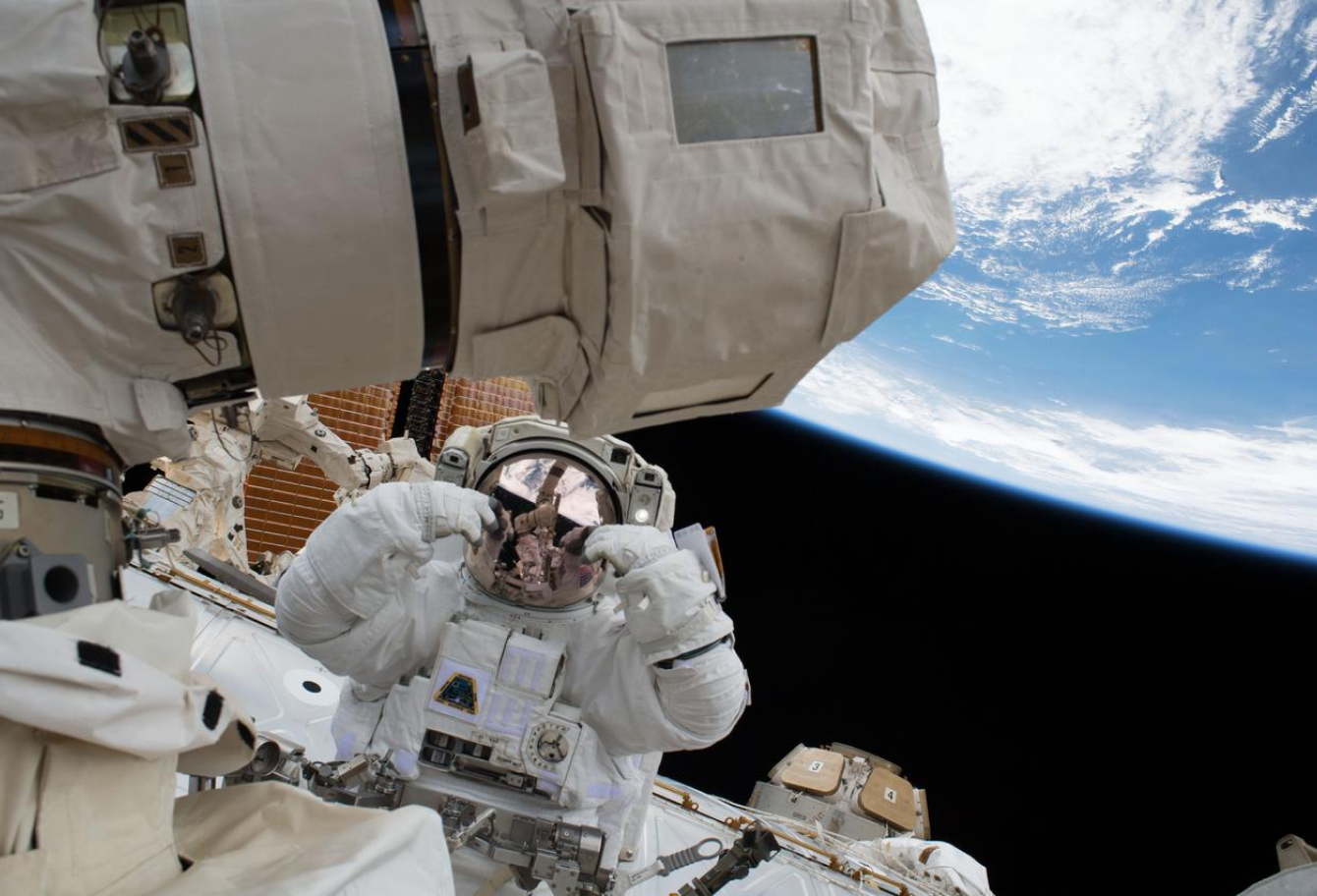
____________________________________________________________________________________________
"Content Lists" card below...
Latest Content
Stay up-to-date with the latest content from NASA as we explore the universe and discover more about our home planet.

How will the parameters be measured? The inclined orbit spacecraft will fly within a band of latitudes centered on the equator, for…

Goal 1: CLOUD FEEDBACKS Objective 1: Cloud Feedbacks for Low Clouds Objective 2: Cloud Feedbacks for High Clouds Traceability to Decadal…

During trajectory correction maneuvers for NASA’s twin ESCAPADE spacecraft on Dec. 8 and Dec. 12, the mission operations team noticed…
____________________________________________________________________________________________
"Topic Cards" card below...
____________________________________________________________________________________________
"Topic Hero" card below...
____________________________________________________________________________________________
"Video" card below...
____________________________________________________________________________________________
"Scrapbook Gallery" card below...
Kate’s Space Station Science Scrapbook
____________________________________________________________________________________________
"Audio Player" card below...
____________________________________________________________________________________________
"Featured Video" card below...
Envision Goddard, Modernizing for the Future
We are modernizing Goddard Space Flight Center (GSFC) and its six sites for the future. A comprehensive Facilities Master Plan is an essential element in developing a blueprint for the future of our Center.
Learn More____________________________________________________________________________________________
"Content Columns" card below...
Perseverance, nicknamed Percy, is a car-sized Mars rover designed to explore the crater Jezero on Mars as part of NASA’s Mars 2020 mission. It was manufactured by the Jet Propulsion Laboratory and launched on 30 July 2020, at 11:50 UTC. Confirmation that the rover successfully landed on Mars was received on 18 February 2021, at 20:55 UTC. As of 31 August 2021, Perseverance has been active on Mars for 189 sols (194 Earth days) since its landing. Following the rover’s arrival, NASA named the landing site Octavia E. Butler Landing.
____________________________________________________________________________________________
"SMD Listing Page" card below...
Listing Page
Stay up-to-date with the latest content from NASA as we explore the universe and discover more about our home planet.

Notice ID: M2M-MSFC-0001 NAICS Codes: NASA seeks industry-led architecture concept development, concept refinement studies, and risk-reduction activities that address Moon to Mars Architecture gaps through the Next Space Technologies for Exploration Partnerships-3 (NextSTEP-3). NASA plans to release this solicitation —…

Lee esta nota de prensa en español aquí. Our universe is filled with galaxies, in all directions as far as our instruments can see. Some researchers estimate that there are as many as two trillion galaxies in the observable universe. At…

Scientists say the seasonal crop fires are burning later in the day than in previous years.
____________________________________________________________________________________________
"List" card below...
____________________________________________________________________________________________
"Basic Table" card below...
____________________________________________________________________________________________
"Image" card below...

____________________________________________________________________________________________
"Embed" card below...
____________________________________________________________________________________________
"Twitter" card below...
____________________________________________________________________________________________
"YouTube" card below...
____________________________________________________________________________________________














